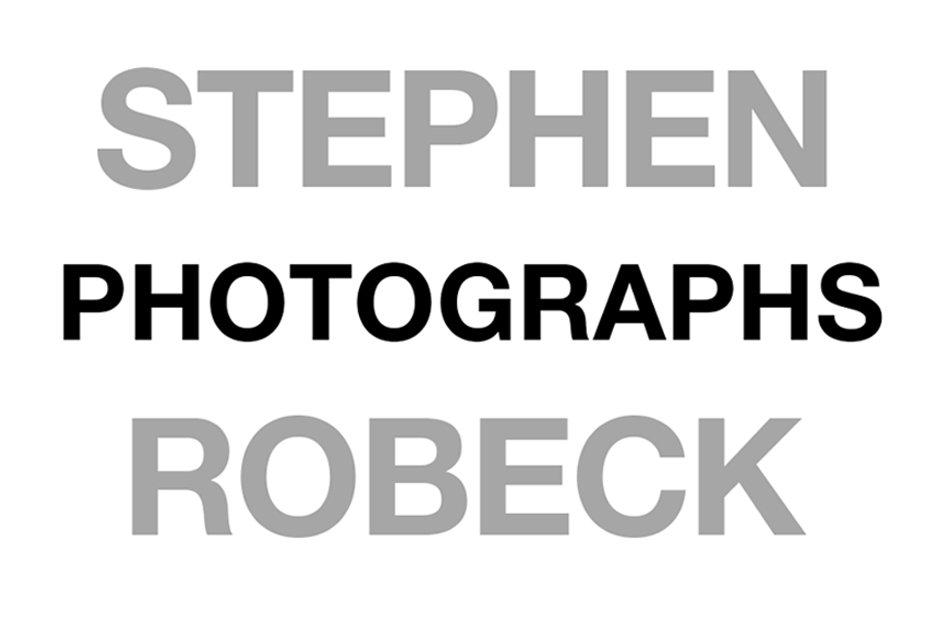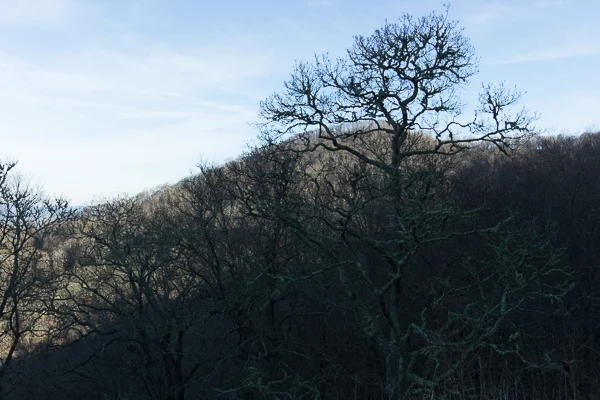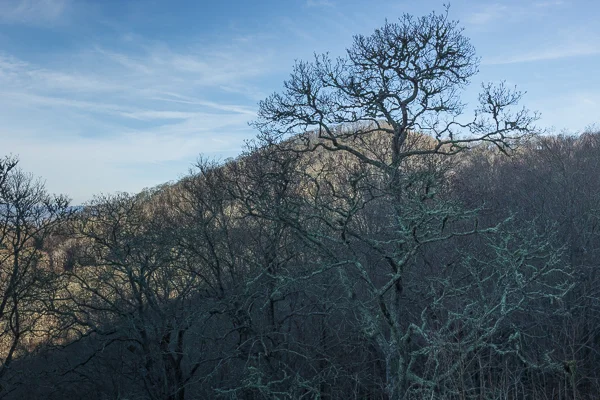Is It Bad To Manipulate Your Images?
To illustrate the question, the image on the left is one of the original captures. You'll notice that the petals nearest to the camera are clearly in focus, but the farthest ones are very blurry, not what I wanted the image to show. So with the camera on a tripod and set on manual focus, I took a sequence of four exposures, each with a different focal point. Using several masks in Photoshop, I was able to build the final image on the right (in the Lotusland Gallery) so that all the petals in the bloom are pretty sharp. I like the result, I think it fits with the others in the series, and it accomplishes my creative objective. But some would say that what I did was fakery, not "truthful" in some way, and therefore dishonest. I disagree.
When people ask if I manipulate my images, I'm tempted to say, "No more than a painter manipulates paint." When a woman asked the question at a recent gallery opening, I explained that I did lots of things to focus composition, adjust color and tone, and otherwise "finish" the image in a way that I felt was right according to the image and what I was hoping to convey with it. I went on to explain that this idea of "finishing" is not at all new, that some of the greatest photographers (like Ansel Adams and many others) were not just good with cameras and capturing remarkable subjects, but were also master printers who used elaborate darkroom techniques to render images according to their vision. To me, that's what photography (or any creative medium for that matter) is all about.
I think this next image tells the tale very well. Here we see Adams himself sitting in front of two versions of his iconic image, Moonrise. The version on the left is a "straight print" from the large-format negative showing exactly what the camera recorded with no tonal adjustments whatsoever. The one on the right is the finished image that has become one of Adams' most sought-after prints. You can read his own account of how the photograph came to be while driving in New Mexico in Ansel Anecdotes from the Ansel Adams Gallery. It's a great story and adds perspective about the creative process.
I read a post by one print seller about how he/she doesn't believe in manipulating images at all. Other photographers go out of their way to assure (a little defensively perhaps) that they “limit” image adjustments to basic tone and color corrections. Of course there's nothing wrong with any of these "purist" approaches to photography, but I don't they're intrinsically better, more valid or worthy as art.
For one more perspective about manipulation, consider the two images below from a recent trip to the Blue Ridge Parkway in N. Carolina. The one on the left shows the digital file exactly as it came out of the camera with no adjustments to tone or color. And as you can see, the color is washed out, the sky is overly bright and the foreground trees are mostly hidden in shadow. But even though this image has not been manipulated at all, it doesn't look anything like what I saw and was interested in trying to capture. The image on the right shows the bright blue sky that's typical at 5,000 feet of elevation, the early morning sun on the background ridge, the soft light in the trees on the shaded ridge and the subtle color and texture of the lichen growing on the big foreground tree. Granted, this is not an easy image for any camera (film or digital) to capture because of the scene's high dynamic range (extremes of bright highlights to dark shadows), but the image on the right is a pretty good representation of what was there. The one on the left is not.
Much of the hoopla about image manipulation has come from the world of journalism where people have a legitimate expectation that photographs be accurate depictions of events, that they “tell the truth.” We’ve all read about "doctored" photographs where the changes have been made for the purpose of misleading or misrepresenting. But I don’t think this is what creative photographers are doing at all. What goes on in the digital darkroom really isn't any different (tools and techniques, yes, creative intent, no) than what great photographers have been doing for a long time. And speaking of editing, if a plein-air painter is rendering a lovely landscape that happens to have a microwave tower in the background, is it wrong to not paint it in? I don’t think so.





